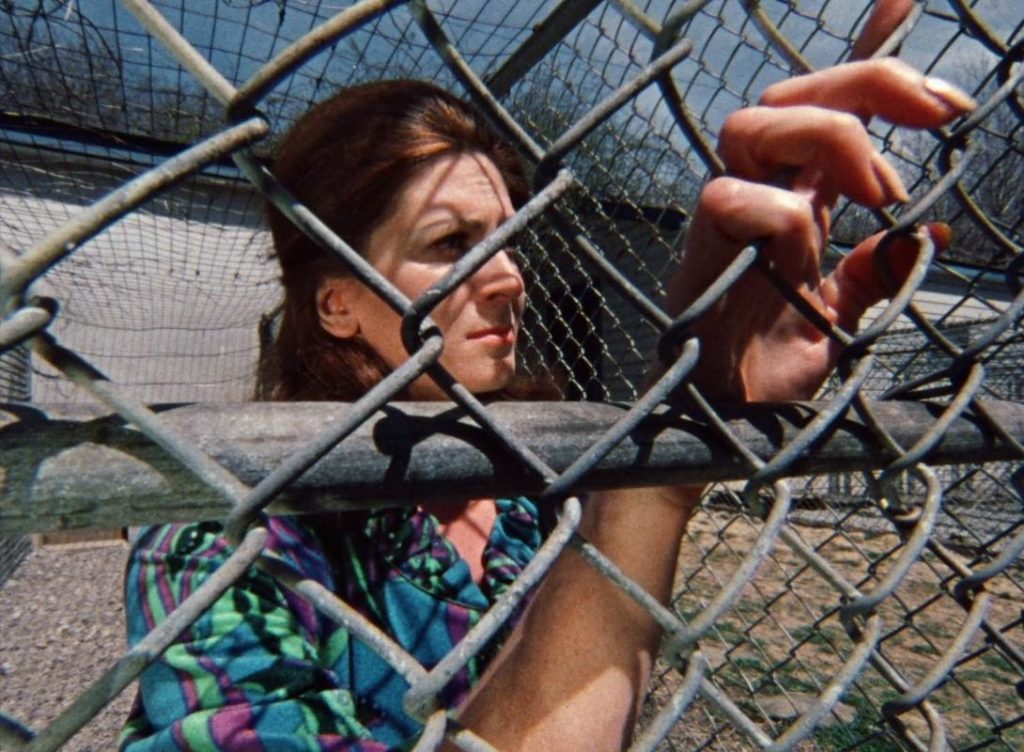
Jack’s Wife (USA, 1972) 89-104 min color DIR-SCR-DOP: George A. Romero. PROD: Nancy Romero. MUSIC: Steve Gorn. CAST: Jan White, Ray Laine, Ann Muffly, Joedda McClain, Bill Thunhurst, Neil Fisher, Esther Lapidus.
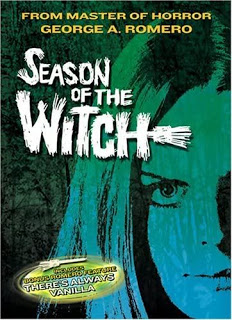
George Romero followed up his breakthrough, Night of the Living Dead, with a trio of interesting pictures that were largely overlooked due to poor distribution. Of these, The Crazies had gradually found an audience over the years (thus prompting a remake). There’s Always Vanilla, was Romero’s first film after his classic zombie movie, and a rare non-horror effort– a counterculture comedy which played a week and disappeared. His subsequent picture, Jack’s Wife, brought Romero (obliquely) back into the horror genre. Jack Harris picked the movie up, retitled it with the unfortunate title, Hungry Wives (misleading one to think it was a softcore porn), and did no business. This film was again re-titled for re-release in 1982, with its most colloquial name, Season of the Witch. People had mistakenly thought that it was newer than Dawn of the Dead (1979), or confused it with Halloween III: The Season of the Witch that was playing in theaters at the same time.
Romero himself had few kind words for these films, largely because he lacked the finances or control to fully realize them to his vision. Well, as imperfect as these three films may be, they are each special in their own way. Jack’s Wife is another of Romero social commentaries disguised as horror, yet its form is more radical than any other. It is a complex, disturbing look at middle class suburbia, with dream logic befitting an Ingmar Bergman film, frenetic editing evocative of an underground picture, and only subtle touches of horror conventions. I cannot imagine what people thought of this when it unspooled at drive-ins.
The opening dream sequence (transposing Bergman’s Wild Strawberries to modern Pittsburgh) is of the most interesting passages in all of Romero’s work. Our protagonist, Joan Mitchell (Jan White), walks down a country lane and sees a baby (representing her dead child), all while following her husband down the path. As he idly walks in front of her, he casually moves tree branches out of his way, which snap back and hit Joan in the face, thus beginning the film’s visual motif of women being victimized. Then she is being taken out of a car by her husband (on a leash attached to a collar!), led through a stilted tour of a modern suburban home, and suddenly, Joan wakes up. It was all a dream. Or was it?
In truth, Joan Mitchell awakens from a dream into an ongoing waking nightmare. This middle-aged repressed housewife has an abusive lout for a husband, and a social circle of equally repressed women. When she accompanies a friend to visit a woman who practices witchcraft, Joan takes up the occult herself. As this narrative progresses however, it becomes increasingly difficult to distinguish between reality and fantasy. There are recurrent scenes where she is pursued through the house by a strange masked figure, yet they are filmed in the same visual style as the rest of the picture: a trait shared with the work of master surrealist Luis Buñuel.
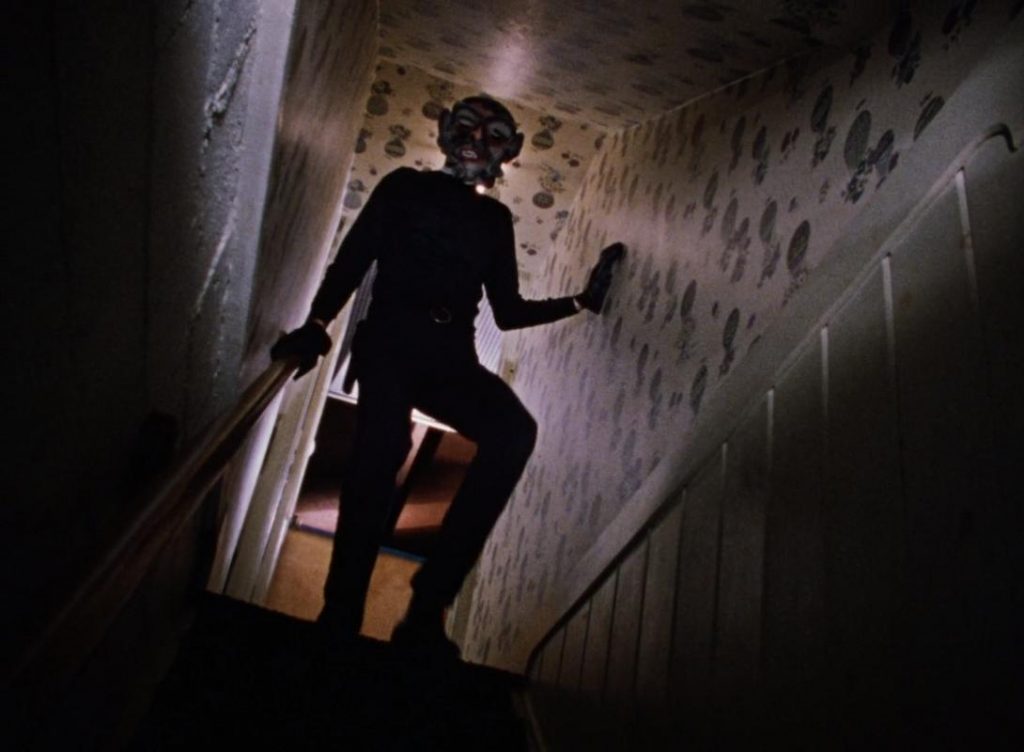
In addition, Jack’s Wife is a savage indictment of gender roles- if perhaps too calculatedly. Joan and her friends are portrayed as wounded, repressed creatures for whom any diversion is welcome, despite how dangerous it may be. Perhaps the most pivotal moment occurs when Joan hears her daughter Nikki (Joedda McClain) having sex in the next room, and is actually aroused by the noise. When Nikki finds out that her mother was home while she was making love, she runs away. The police later asks Joan what kind of car was outside before she disappeared, and naturally, she is unable to name the make of the vehicle. That is a man’s thing.
All of the film’s major male characters are abusive, possessive jerks. Joan’s husband beats her, and even Gregg the hippie college professor (Ray Laine) she ends up having an affair with, turns out to be a psychotic. Early in the film, at a small gathering Gregg (who reminds me a lot of Seymour Cassel in Faces) prods one woman to smoke a joint. What at first appears to be a ploy for the woman to discover some independence, instead is revealed as a cruel joke to exploit her further. Joan consoles the woman, who in turn asks her to drive her home, because “Larry won’t jump all over me if you’re there.” This is a startling scene, much more so than the vaguely occult moments which occur later.
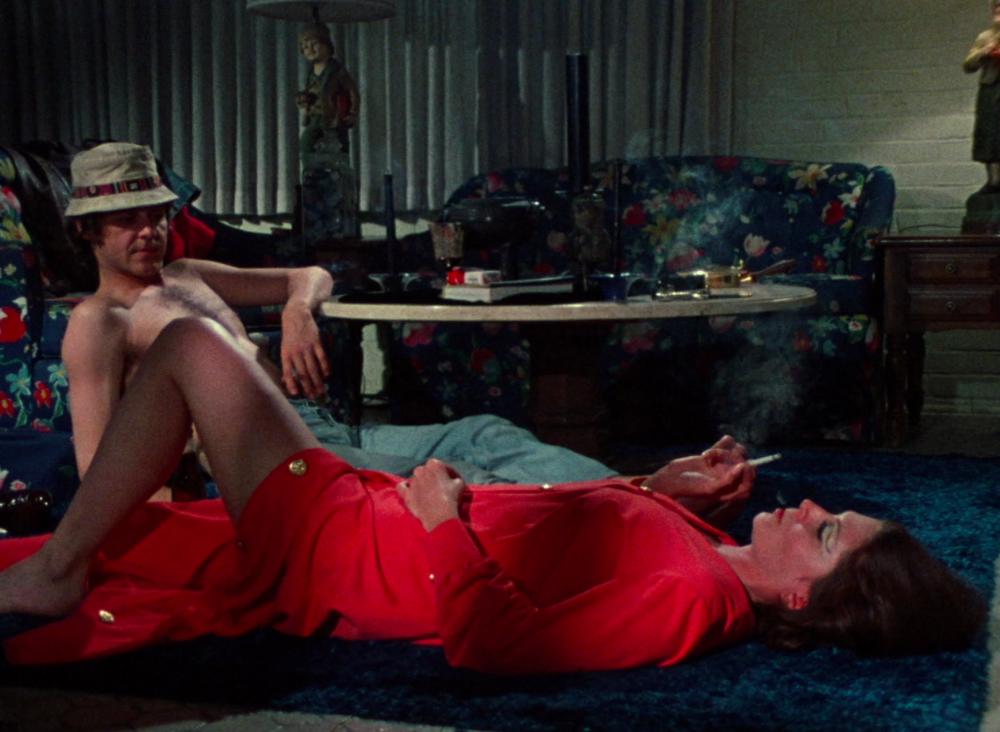
Romero also injects the narrative with sly humour: Donovan’s “Season of the Witch” plays in a store where she first buys occult paraphenalia; and early on, the lead females talk about the movie Rosemary’s Baby (another horror film that explores the roles of women, and the occult, in modern society). A book titled “How To Be A Witch” shares shelf space with the collected works of William Shakespeare.
Joan’s witchcraft practice represents her own quest for independence. The strange figure represents Joan’s attempts to escape Man’s clutches in general. Even this road to independence results in surprising pessimism. Joan’s use of her new power to turn Gregg into a sexual plaything becomes more than she can handle. The film ends on a shockingly downbeat tone: after Jan has vindicated herself from her abusive husband, she is still nonetheless referred to at a party as “Jack’s Wife”. Even after a woman obtains an identity, she is still one man’s property?!? What a striking, (and perhaps properly) cynical way to end a dense movie about the objectification of women.
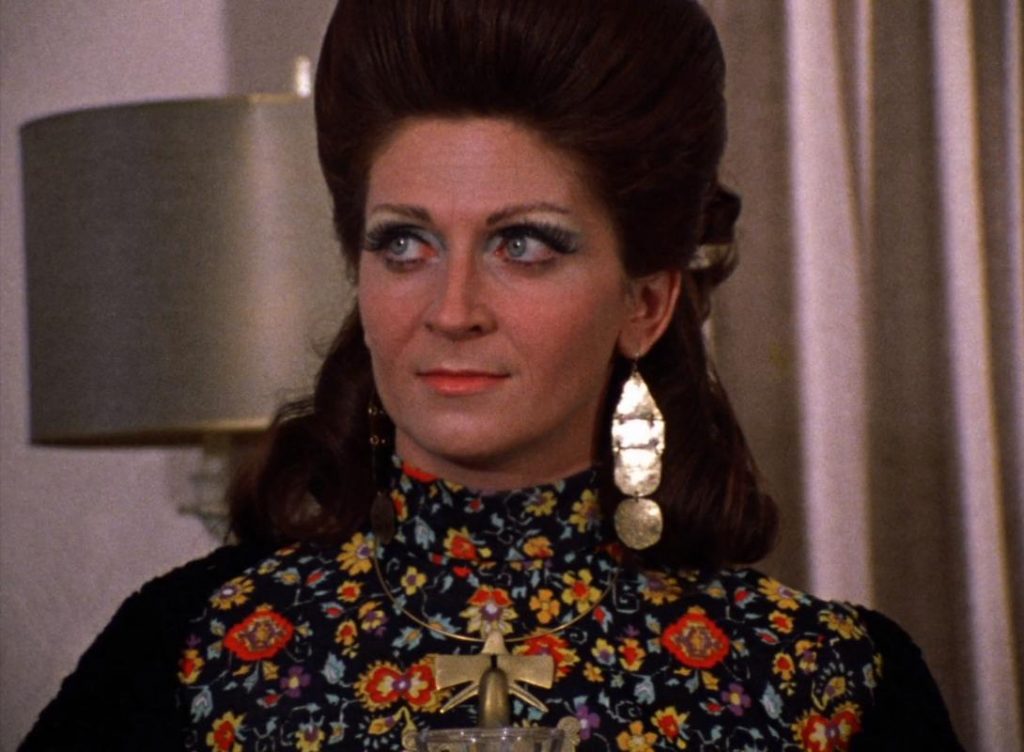
Romero’s misgivings about the movie are too self-deprecating, as this is an exceptional motion picture. Despite the “horror movie” undertones, it remains one of the truly great 1970s films (alongside Diary of a Mad Housewife or The Stepford Wives) to examine the subservient female roles of in the supposedly liberated world. This stream-of-conscious experience is exciting to watch; one is made an uncomfortable voyeur with its handheld camera, over-the-shoulder compositions and use of foregounds. Romero should also be praised for his work as an editor: his trademark quick cuts and elaborate coverage in numerous scenes, compliment the jagged visual compositions, delivering a remarkable fever dream of a movie.
In an interview on the Anchor Bay DVD, Romero confesses that Jack’s Wife is the one picture of his filmography that he would like to remake. I see what he means: the film is admittedly uneven, as some scenes are tedious and overlong, and one senses that he was aiming for a much bigger canvas and statement that exceeded his tiny budget. Still, this is a little marvel of a movie that I like rewatching every few years.
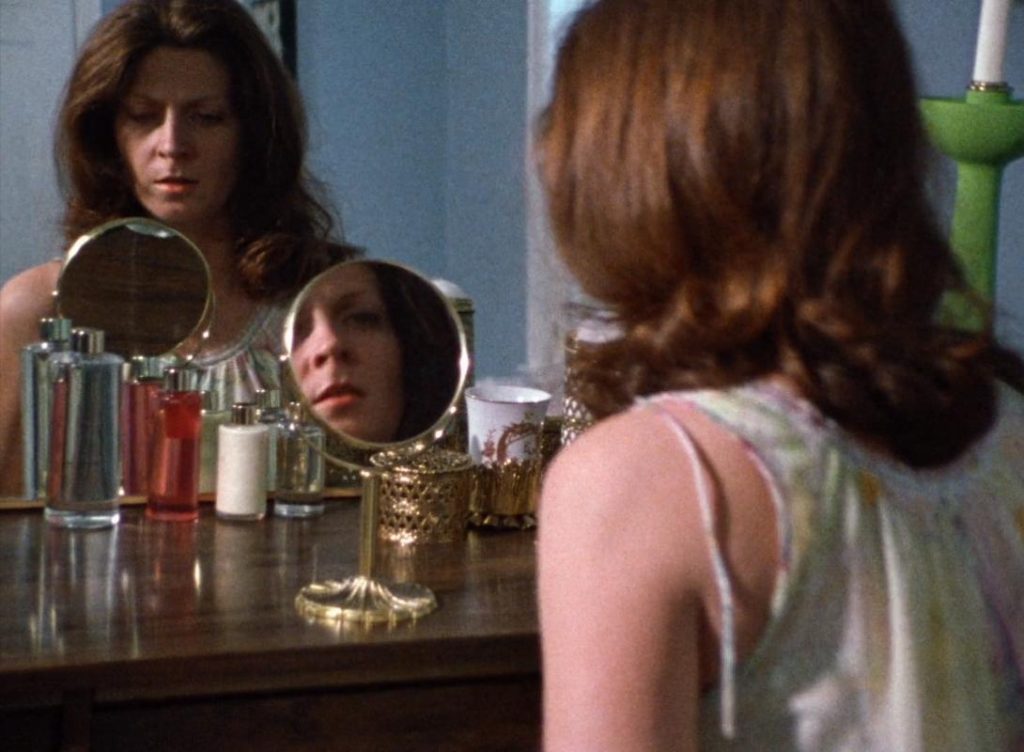
At the heart of the film is an excellent performance by Jan White. She inhabits the role of Joan Mitchell, an intelligent, compassionate figure that however has little self-esteem, and tries too hard to impress. After the startling fade-out, we truly feel that we’ve lived with this person, and despite her transformation, we still detect her vulnerability beneath the superfluous eyeshadow. Prior to this appearance, the actress had been a model, and subsequently had only a handful of performances before leaving the business. In more ways than one, Joan Mitchell is the role of a lifetime.
This film was originally released to VHS as Season of the Witch at 89 minutes. The Anchor Bay DVD (to which this review applies) runs 104 minutes: made from Ms. White’s own 16mm print, and some additional sequences that the company had found, although this version is a little too long. Still, this fascinating experiment has so much going on under the surface that I’d still be interested to see the rumoured original 130-minute cut. The Arrow boxset, George Romero Between Night And Dawn collects these early films, including this one under the 89-minute Season of the Witch version.
